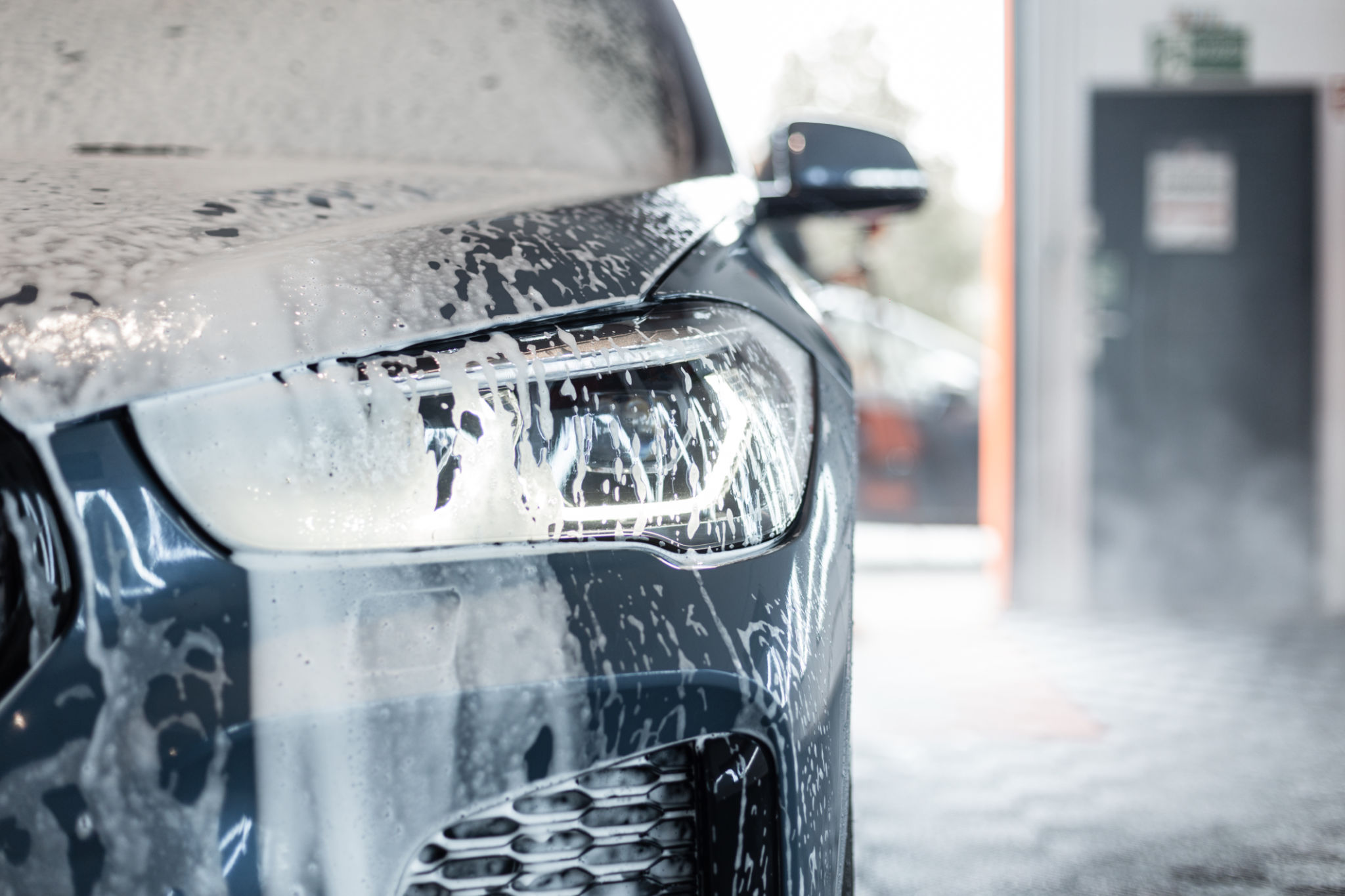The Science Behind Clay Bar Treatment: A Deep Clean for Your Car's Exterior
Dm
Understanding Clay Bar Treatment
Clay bar treatment is a popular and effective method for achieving a deep clean on your car's exterior. This process is designed to remove contaminants from the surface of your vehicle, leaving it smooth and ready for waxing or sealing. Many car enthusiasts and detailers swear by this technique, but what exactly makes it so effective?
At its core, clay bar treatment involves using a synthetic clay-like material to gently lift impurities from the car's paintwork. These impurities can include industrial fallout, brake dust, tree sap, and other pollutants that regular washing cannot remove. By incorporating this method into your car maintenance routine, you can maintain the pristine look of your vehicle and protect its paint.

The Chemistry of Clay Bars
The science behind clay bars lies in their unique composition. Made from synthetic resins, clay bars are designed to be slightly tacky. This tackiness allows them to pick up and hold onto contaminants as they glide over the car's surface. The clay itself doesn't harm the paint because it's formulated to be softer than automotive finishes.
When used with a lubricant, such as a detailing spray, the clay bar can move smoothly across the paintwork without scratching it. The lubricant serves as a buffer, preventing friction and ensuring that only the contaminants are removed. This combination of clay and lubricant is what makes clay bar treatment both safe and effective.

Steps to Using a Clay Bar
- Wash your car thoroughly to remove any loose dirt and debris.
- Divide the clay bar into smaller sections for easy handling.
- Spray a lubricant generously onto a small area of the car's surface.
- Gently rub the clay bar over the lubricated area in straight lines.
- Wipe away any residue with a microfiber cloth.
- Repeat the process until the entire car has been treated.
It's essential to frequently check the clay bar for embedded contaminants and knead it to expose a clean surface. If the clay becomes too dirty, it should be replaced to avoid scratching the paint.
Benefits of Clay Bar Treatment
One of the primary advantages of using a clay bar is that it provides a level of cleanliness that cannot be achieved through washing alone. By removing stubborn contaminants, it enhances the effectiveness of subsequent detailing steps such as waxing or sealing. This not only improves the car's appearance but also extends the lifespan of its protective coatings.

Additionally, clay bar treatment can improve paint clarity and gloss. By creating a smooth surface, it helps waxes and sealants adhere better, resulting in a deeper shine. For those looking to maintain their vehicle's value and aesthetics, regular clay bar treatment is an invaluable part of car care.
When to Use a Clay Bar
Determining when to perform a clay bar treatment depends on several factors, including environmental conditions and how often you drive your car. As a general rule, if you notice roughness when running your hand across the paint, it's time to clay.
For most vehicles, twice a year is sufficient, but cars exposed to heavy contamination or those stored outdoors may require more frequent treatments. Regular use ensures that your car remains in top condition and provides long-term protection against environmental damage.

In conclusion, understanding the science behind clay bar treatment reveals its importance in maintaining your car's exterior. By incorporating this method into your car care routine, you can ensure a cleaner, smoother, and more vibrant finish for years to come. Whether you're a car enthusiast or simply want to keep your vehicle looking its best, clay bar treatment is an essential step in achieving that showroom shine.
